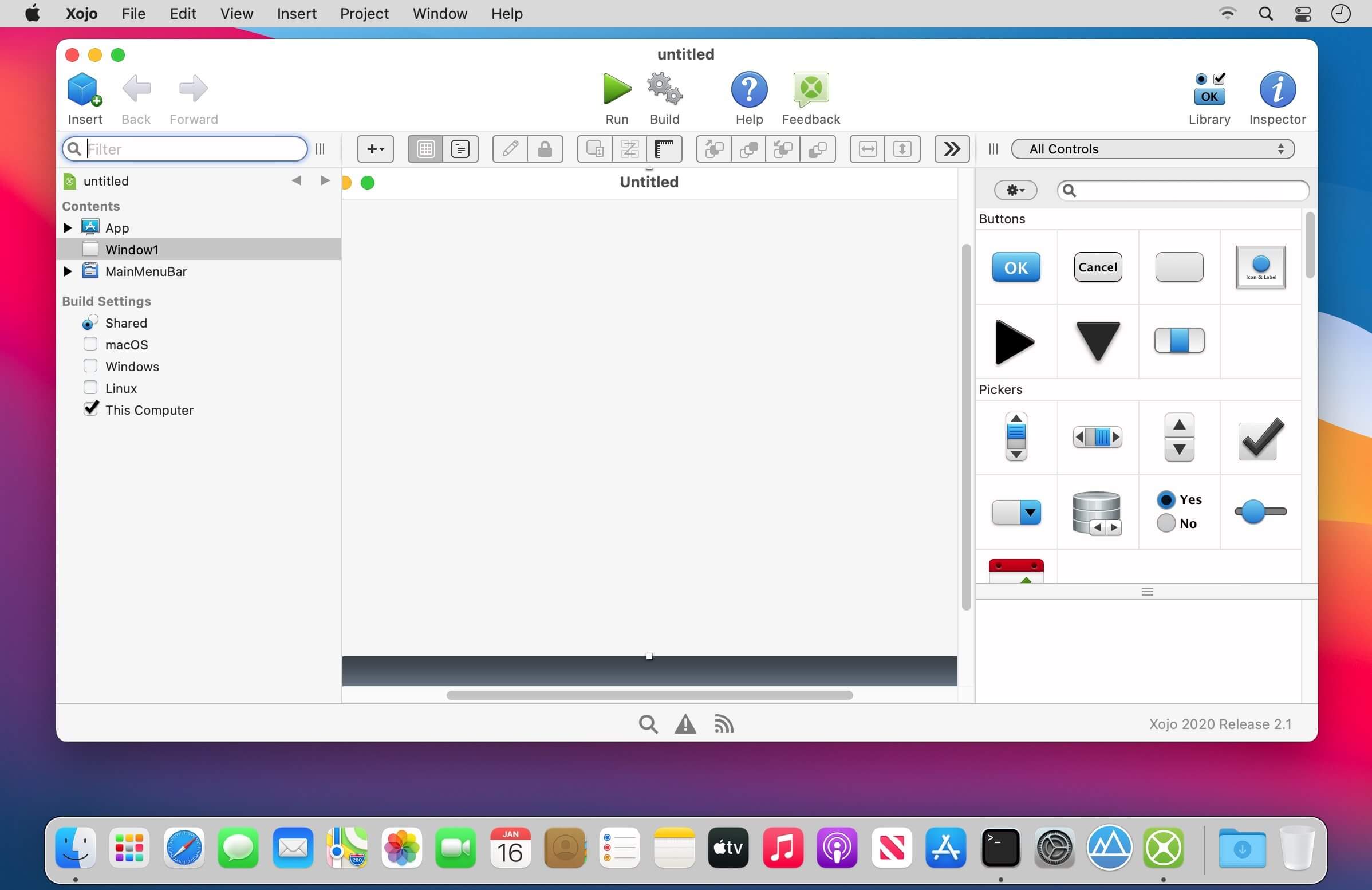

1) reduce de-motivators, 2) increase intrinsic motivators by making assignments and projects more appealing to students (ie: visualization and real-world projects) and 3) introduce intrinsic motivators by asking students to submit sections of assignments weekly rather than all at once. Three steps were introduced to increase motivation. The Alturki study concluded that low motivation is a major problem that affects pass rate. The results showed that students with good intrinsic motivation had less difficulty completing the course than other students whereas problems arose with students who had poor motivation. In his study, Alturki investigated motivation using a two-factor theory, where factors causing satisfaction (motivators) and dissatisfaction (hygiene factors) were applied to students in his courses.

Student performances in these intro courses show a large variation across the student population for a variety of reasons such as teaching methods, teacher competence, the student's self-discipline but most importantly student motivation. After reviewing the literature presented within this paper, it became apparent that the problem is not merely a local challenge at our institution (with a 50+ percent drop/fail rate), but rather a universal phenomenon. High failure and drop-out rates in introductory programming courses are a big concern for institutions, instructors and student's. The audience for this paper includes computing faculty that are planning, designing, developing, revising or implementing a new course that introduces programming concepts to novice programmers. While this is a great success, it should be noted that those who went on to the follow-up Java course passed with a 75% success rate, as opposed to 47% previously. Since introducing this in the fall of 2018, students went from a 38% pass rate to an 76% pass rate in this multi-programming course, where Xojo and Java are taught together. a multi-programming environment was implemented in which we teach BASIC and Java at the same time, comparing and contrasting the two languages. Upon implementing this, we decided to take it a step further. Instead we introduced a product called Xojo (pronounced Zo-Jo). In the previous paper we presented the idea of going back to the basics, BASIC programming that is, but not with traditional programs like QBASIC or MS-BASIC. One of the things we pointed out through our research is that even though languages such as Java, C and C++ are popular, there has been much debate about the suitability of these languages for education, especially when introducing programming to novices. High drop and failure rates are, of course, a big concern for institutions, instructors and students because there are a lot of ramifications for each of these. The study performed over a three-year period found D/F rates in excess of 60%. In late 2018, we presented a paper pointing out the high drop-out and failure rates (D/F) in our two introductory programming courses within the CIS department at Regis University.


 0 kommentar(er)
0 kommentar(er)
